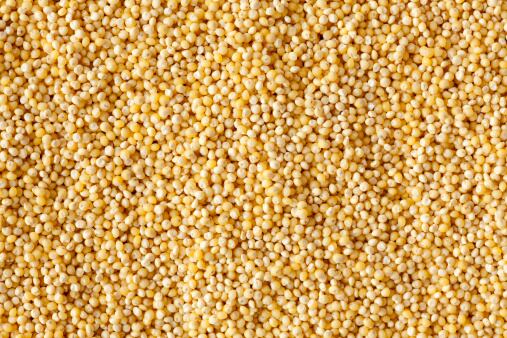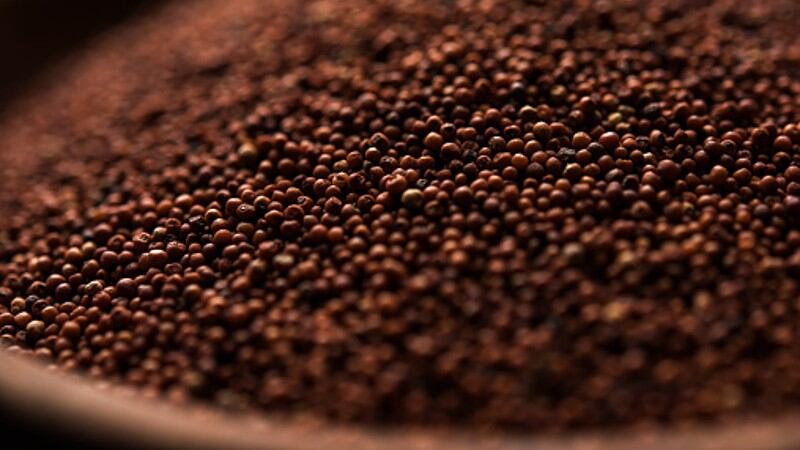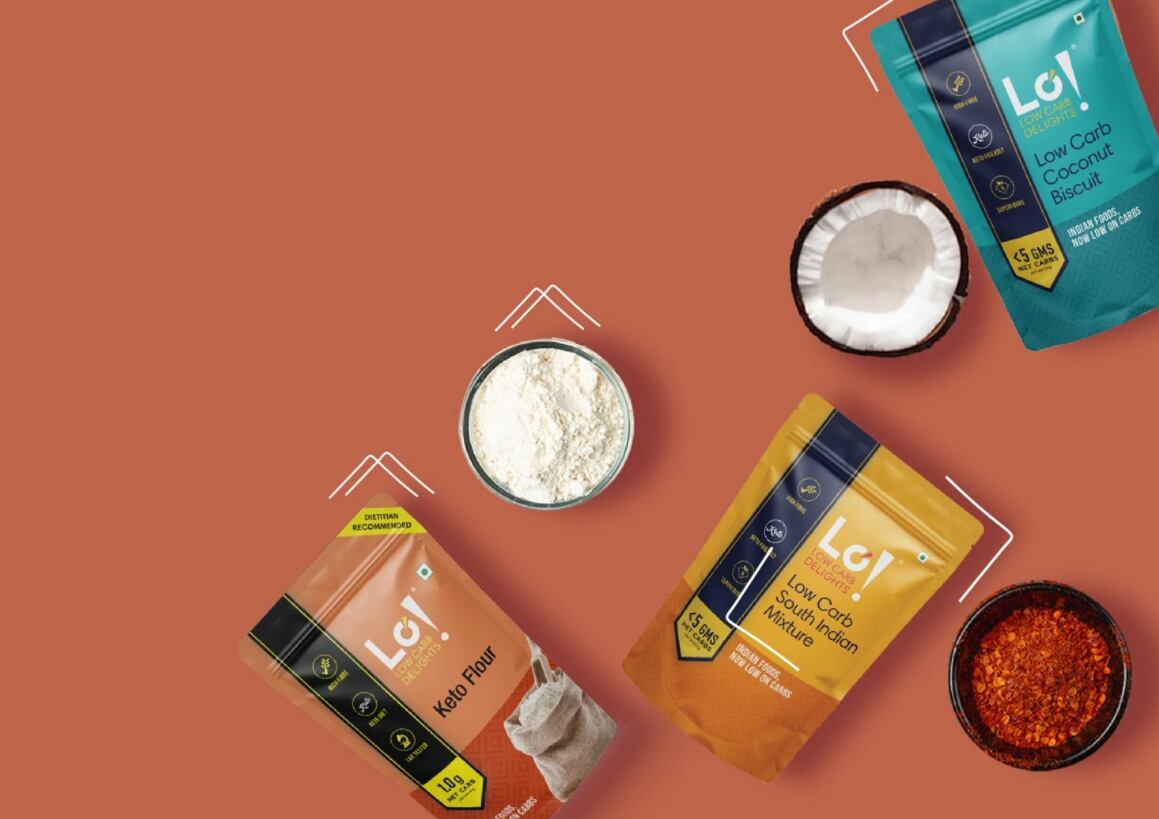Millets have long been a part of traditional Indian diets before falling out of style over the years as a staple in favour of more commercialised crops such as wheat and rice – but now the Indian government believes that revitalisation of the sector could be on the way in the wake of the UN dedicating 2023 to the cereal.
“Most millet crops are native to India, and they are highly tolerant to drought and other extreme weather conditions, requiring low chemical fertiliser or pesticide inputs,” Food Safety and Standards Authority of India (FSSAI) CEO Kamala Vardhana Rao said via a formal statement.
“Millets are also gluten-free, low in glycemic index (GI), rich in dietary fibre and in micronutrients including calcium, iron, phosphorus and more – these should ideally be an integral part of our daily diet.
“With the UN General Assembly having declared 2023 as the International Year of Millets, 2023 will provide an opportunity to increase global production, improve processing efficiency and better use of crop rotation, as well as to promote millets as a major component of the food basket.
“[As such], FSSAI has specified a comprehensive group standard this year for millets that has been notified in the Gazette of India and will be enforced on September 1 2023.”
There are many variants of millets, and at present only a few individual types are covered by food safety or quality standards under the law such as the more common sorghum and finger millets.
The new standards now cover food safety and quality parameters for 15 types of millets, enabling legal action and consequences for food firms bringing unsafe or low-quality products into the food supply.
“The comprehensive food standard will apply to the millet variants amaranthus, barnyard millets, brown top millets, buckwheat, crab finger, finger millets, fonio, foxtail millets, Job’s tears, Kodo millets, little millets, pearl millets, proso millets, sorghum and teff,” the agency stated.
“Eight parameters will be monitored under this standard including moisture, uric acid, extraneous matter, defects, immature or shrivelled grains and more so as to ensure the standardisation of good quality millets across both the domestic and global markets.
“Both whole and dehulled millets will be subject to these standards [so as to] prevent any poisonous, toxic or noxious millets as well as any contaminations from entering the food system.”
Basic requirements are for moisture content to be not more than 13% by mass, for immature or shrivelled grains to be not more than 5% by mass and uric acid content to be not more than 100mg/kg.
The presence of other types of edible grains – usually cheaper types – in bags of millets and other more expensive grains is not uncommon in India, and in order to put a halt to this FSSAI also included a clause specifying a 2% limit for these other edible grains.
Stevia safety
In the same amendment to the national food safety standards to include the new millet standards, FSSAI also included an update on stevia standards to improve safety assessments.
“All [stevia products sold] must contain no less than 95% purity of steviol glucosides when dried,” the agency stated.
“Several assays for purity assessment can be conducted to ensure quality stevia is reaching the market, including a drying loss of no more than 6% at 105°C for two hours.
“So far there are some 57 types of stevia products over seven groups that are listed in this update covering various rebaudiosides, steviosides and so on, but this list is not exhaustive and there may be more steviol glycosides that may have been identified in stevia leaf extracts in literature [not included] here.”




